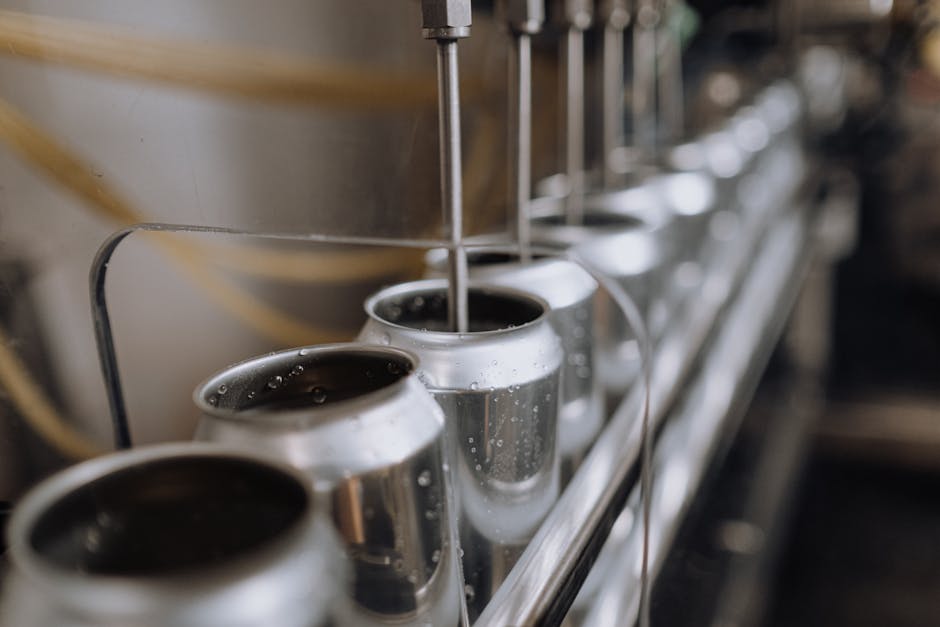
Colored PET (polyethylene terephthalate) is a versatile material that has gained significant traction across various industries due to its durability, light weight, and aesthetic appeal. This polymer, known for its excellent mechanical properties, can be manufactured in a range of colors, making it suitable for diverse applications, from packaging to automotive components. As businesses continue to explore innovative solutions, understanding the characteristics and benefits of colored PET for industries becomes increasingly important.
Flame Retardant Properties of Colored PET
One of the standout features of colored PET is its flame retardant properties. This characteristic is crucial for industries where fire safety is a priority, such as construction, textiles, and electrical equipment. Flame retardant colored PET is engineered to slow down the spread of flames and reduce smoke generation, which can be life-saving in emergency situations. By incorporating specific additives during the manufacturing process, colored PET can meet stringent safety regulations and compliance standards, ensuring that products are not only functional but also safe for end-users.
Manufacturing Processes of Colored PET
The production of colored PET involves several key manufacturing processes that contribute to its unique properties. Initially, raw PET resin is mixed with colorants and additives in a controlled environment. This process can be achieved through techniques such as melt compounding or masterbatching, where concentrated colorant pellets are blended with the PET resin to achieve the desired hue and properties.
After this initial blending, the colored PET is typically extruded into sheets, films, or molded products, depending on the intended application. The extrusion process allows for uniform thickness and color distribution, while injection or blow molding can create complex shapes suitable for various uses. Once shaped, the products undergo cooling and curing, ensuring that they retain their structural integrity and color vibrancy.
Key Manufacturing Techniques
| Technique | Description |
|---|---|
| Melt Compounding | Mixing colorants with PET resin at high temperatures. |
| Masterbatching | Using concentrated colorant pellets for blending. |
| Extrusion | Shaping colored PET into sheets or films. |
| Molding | Creating complex shapes via injection or blow molding. |
Distribution Options for Colored PET
Once manufactured, sourcing colored PET for industries involves understanding the various distribution options available. Businesses can procure colored PET from specialized suppliers who focus on providing high-quality materials tailored to specific industrial needs. Many suppliers offer a range of products, including pre-formed sheets, rolls, and custom-molded items, ensuring that companies can find solutions that fit their exact requirements.
Moreover, suppliers often provide additional services such as technical support and guidance on material selection, which can help businesses navigate the complexities of integrating colored PET into their operations. With an array of options available, companies can confidently select the right type of colored PET for their applications, enhancing both functionality and visual appeal.
In conclusion, colored PET for industries presents a robust solution for various applications, combining aesthetic versatility with essential safety features like flame retardancy. By understanding the manufacturing processes and exploring the available distribution options, businesses can effectively utilize this material to enhance their products and ensure compliance with safety standards.
For more information on colored PET for industries and to explore potential sourcing options, you can visit this resource.
